Top 5 Monstera Diseases: Symptoms and Effective Solutions for Healthy Plants
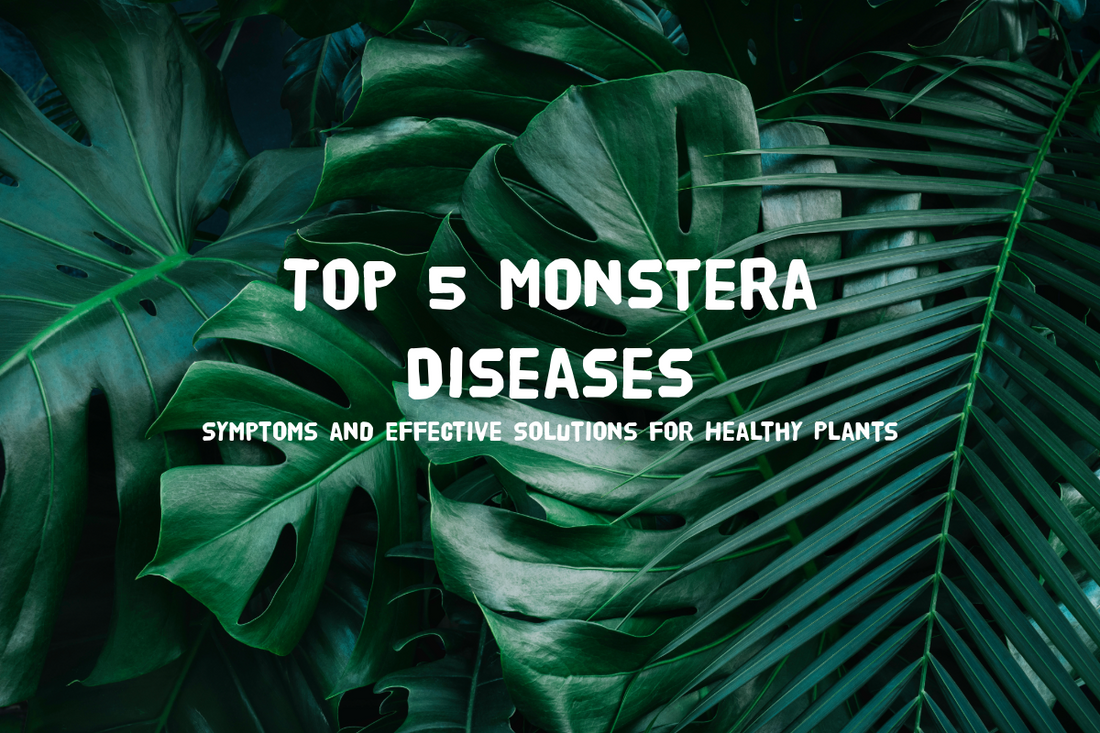
Introduction
Let's dive into the lush world of Monstera plants, those trendy, leafy companions that have taken the indoor gardening scene by storm. But what happens when your Monstera starts looking less like a vibrant jungle hero and more like it's auditioning for a plant horror movie? Today, we're tackling the top 5 Monstera plant diseases and dishing out some green-thumb solutions to keep your foliage friend thriving.
Overview of Monstera Plants

Monstera, often referred to as the "Swiss Cheese Plant," is famous for its unique, perforated leaves. Thriving in warm, humid environments, these plants can grow into towering indoor trees or modest desktop shrubs. Understanding their natural habitat and care requirements is key to keeping them healthy.
Common Signs of Disease in Monstera Plants
Keep your eyes peeled for warning signs like yellowing leaves, spots, unusual leaf drop, or stunted growth. Catching these symptoms early can be the difference between a quick fix and a plant obituary.
1. Root Rot
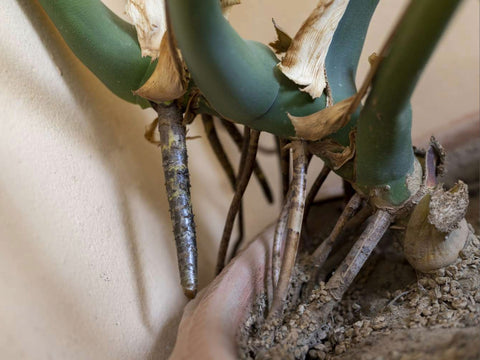
Root rot is the silent killer of many houseplants, Monsteras included. It's a fungal disease that attacks the roots, turning them mushy and brown.
Causes of Root Rot: Overwatering is the usual suspect. Poor drainage and compacted soil can also contribute, creating a soggy environment where fungi thrive.
Solutions for Root Rot: First, assess the damage. Remove the plant from its pot and trim any affected roots. Repot in fresh, well-draining soil and adjust your watering habits. Prevention is key: ensure good drainage and let the soil dry out between waterings.
2. Leaf Spot
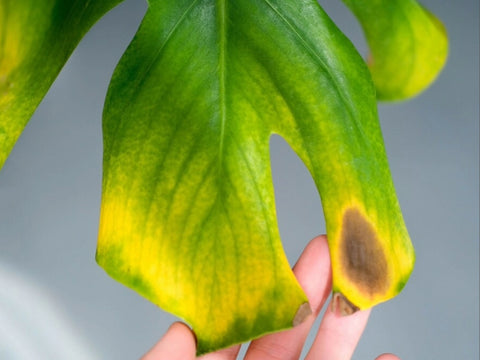
Leaf spot diseases cause unsightly blemishes on your Monstera's leaves. These spots can be brown, black, or yellow, often with a halo around them.
Causes of Leaf Spot: Fungi or bacteria, which love moist conditions, are usually to blame. Overhead watering that leaves foliage wet for long periods can invite these pathogens.
Solutions for Leaf Spot:Improve air circulation around your plant and water at the base to avoid wetting the leaves. Remove affected leaves to prevent the spread and consider a fungicide if the problem persists.
3. Powdery Mildew

This fungal disease looks like someone dusted your Monstera's leaves with flour. While it's not usually fatal, it's unsightly and can weaken your plant.
Causes of Powdery Mildew: High humidity and poor air circulation are prime conditions for powdery mildew to flourish.
Solutions for Powdery Mildew: Increase air flow around your plant and reduce humidity if it's too high. Mildew-specific organic fungicides can also be effective.
4. Rust Disease
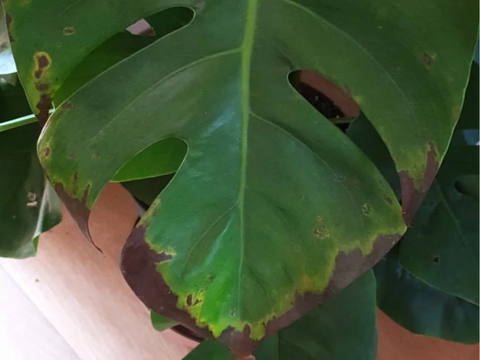
Rust disease presents as small, rust-colored spots on the undersides of leaves, eventually leading to leaf drop.
Causes of Rust Disease: Caused by a fungus, it spreads through water splash and high humidity.
Solutions for Rust Disease: Isolate affected plants to prevent spread. Improve ventilation and avoid wetting leaves when watering. Fungicides may be necessary for severe cases.
5. Yellow Leaves
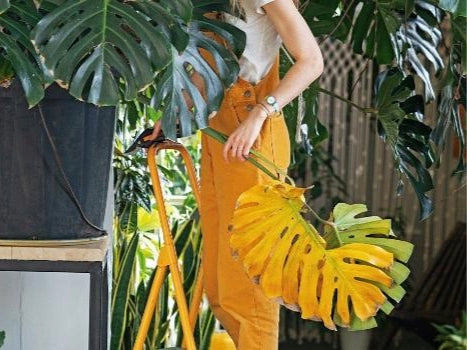
Yellow leaves can be a sign of a few problems, but when part of a pattern, they're often a disease symptom.
Causes of Yellow Leaves: Overwatering, poor drainage, or a nutrient deficiency can lead to yellowing leaves.
Solutions for Yellow Leaves: Adjust your watering schedule, ensure your pot has good drainage, and consider a balanced fertilizer. If the issue persists, check for root rot.
Preventative Measures
The best treatment is prevention. Regularly inspect your plant, provide proper lighting, watering, and humidity, and quarantine new plants to avoid spreading pests or diseases.
Where You Can Buy Healthy Monstera Plant?
Looking for a healthy Monstera? Tropicflow Store has got you covered. With a wide range from tissue cultures to mature plants, they're the perfect spot for Monstera lovers at any level. Find your perfect plant with ease at Tropicflow Store.
FAQ
1. How often should I water my Monstera?
Water when the top 2 inches of soil feel dry. Adjust based on your environment's humidity.
2. Can I use tap water for my Monstera?
Yes, but if your water is hard or contains high levels of chlorine, consider letting it sit out overnight before using.
3. Why are my Monstera's leaves not splitting?
This could be due to inadequate light. Monsteras need bright, indirect light to develop their characteristic splits.
4. How can I increase humidity for my Monstera?
Use a humidifier, place a water tray near the plant, or group plants together.
5. Is it normal for older leaves to yellow and drop off?
Yes, it's a natural part of the plant's growth process, but excessive yellowing can indicate a problem.
No comments


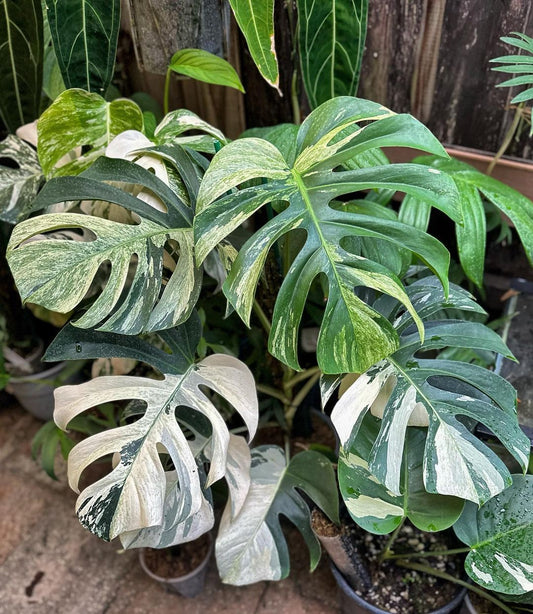
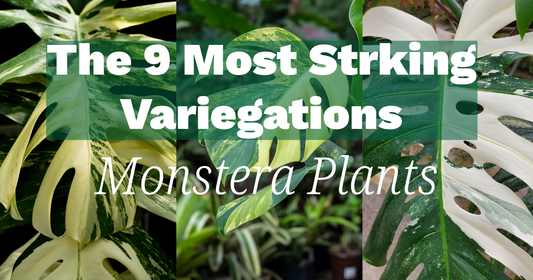
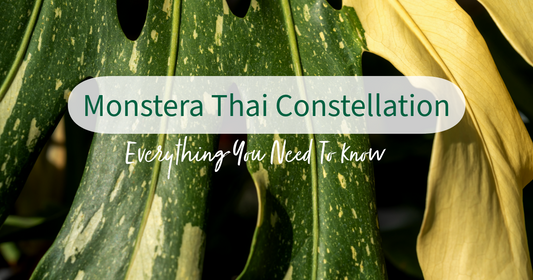


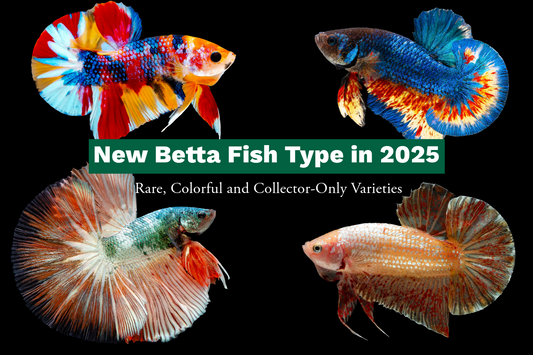


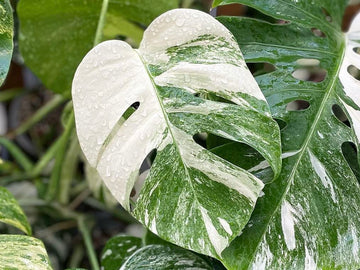
0 comments